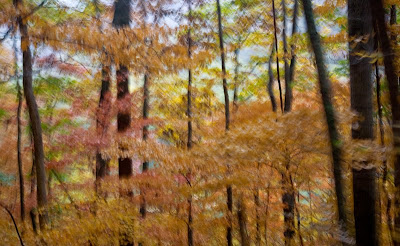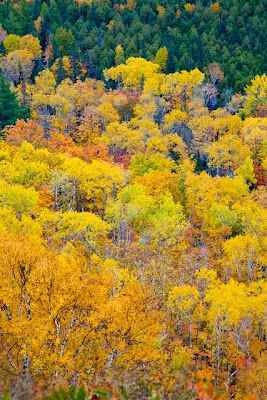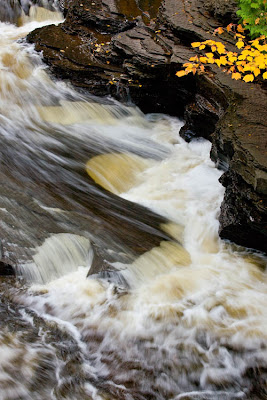
The earliest roller coaster near the future site of Pleasure Pier seems to be one built in the 1880's.
News reports talk about complaints made because it frightened horses pulling carriages with ladies and children. 6000 feet of lumber, one ton of railroad iron, 200 lbs 6 and 7 inch bolts, and four cars all in working order was mentioned in an advertisement when it went up for sale. The final report, the City Railroad company removed the roller coaster because it was never a success and was always an eyesore.
I think this link is an old postcard from the early 1900's showing the roller coaster that I think is
Mountain Speedway. It was said to be
" lit up at night like a city blazing in the darkness." Here are two other links to a different postcards of the
Mountain Speedway and the
Galveston seawall. I found still another roller coaster photo supposedly from
1909.Back in 1912, forward thinking city promoters dreamed of an amusement pier similar to the one in Atlantic City. Time passed by, but in 1931, plans were drawn up for a 700 foot pier with an auditorium. Construction did not start until right before World War II.
Pleasure Pier The Reconstruction Finance Corporation was started by Herbert Hoover in 1932 (think shades of today's financial chaos.) From 1932 until 1941 it disbursed $9.465 billion. I can't imagine what that dollar amount would be in today's currency. The RFC loaned $1,100,000 that was combined with $350,000 from the city that began construction. World War II caused another delay. By 1944, the pier was almost completed, but it did not fully open until after the war in 1948. The new pier was four blocks long with a ballroom, an outdoor theater, a snack bar, and a T-head fishing area. This
post card of Pleasure Pier ca 1945 gives us a glimpse of how grand it was.
Unfortunately, it was not profitable and Galveston defaulted on its payments earning the name: "Galveston's White Elephant."
Hurricane Carla damaged the buildings but not the structure of the pier in 1961.
Houston businessman James E. Lyon negotiated for the pier in 1963, paying the government $179,000 for the defaulted bonds (amazing with the accumulated interest these bonds had a face value of $2,300,000.) I don't quite understand the financing here, but Galveston gave Lyon $2,000,000 in new bonds in exchange for those old bonds and issued another $1,800,000 bonds to Lyon. Lyon agreed to pay Galveston $185,000 annual rent for forty years which would pay off the bonds. When the bonds were paid off, Galveston would own the hotel. With these funds, the Flagship Hotel was built. (Information from
"Galveston A History" by David G. McComb) Each room had an ocean view with great sunrise and sunset vistas . . .
The hotel has fallen on some hard times. In 2004, the operator of the hotel, Daniel Yeh filed for bankruptcy. He has been convicted for fraud with regard to lodging for Hurricane Katrina victims. The more recent reviews are not that favorable siting the hotel as dated and in need of renovation. But even so, many reviewers enjoyed their stay in spite of the poor conditions because of the great views and the pleasure of being over the ocean.
The damage to the Flagship from Hurricane Ike was worse on the eastern side. It is quite possible that when the Balinese Room, Murdoch's and Hooters were demolished that there was a lot of flying debris - or that the structures or large parts of them were airborne and hit the Flagship. Note the damage to the front facade and the entire first floor. To my laymen's eyes, the pier structure still looks sound and the damage seems to be to the facades of the hotels rather than the internal supporting walls.

The auto ramps were completely washed out. I am guessing that the wave action hitting against the seawall and bouncing back would be more damaging than just the incoming waves. Hopefully the pilings under the hotel are still structurally sound. I believe that one of the other hurricanes also damaged these ramps.

While there is damage to the sidewalk area of the seawall here and the rip rap, (the large boulders used to protect vertical walls like Galveston's seawall from being undermined by wave action) most of the seawall itself is intact. (There was damage to the seawall on the far west end of the island from the storm surge. That has happened in other hurricanes and is repairable.)

Tilman Fertitta bought the Flagship Hotel and pier from the City of Galveston. Before Hurricane Ike, the plan was to restore the hotel and the pier. Planned improvements included a wooden roller coaster and a Ferris wheel. The transition of management of the Flagship Hotel from Daniel Yeh to Landry's should happen shortly if it has not already.
According to their website, the Flagship hotel hopes to reopen in January. I've been a property owner at the San Luis, one of Fertitta's properties in Galveston for about ten years. His demand for quality, high levels of customer service, and his history of success make me think that the Flagship Hotel will rise to new levels of greatness under his management. I look forward to seeing what he does with this amazing property.














































